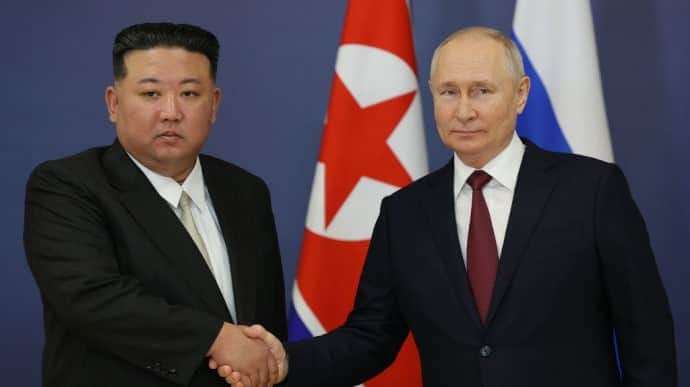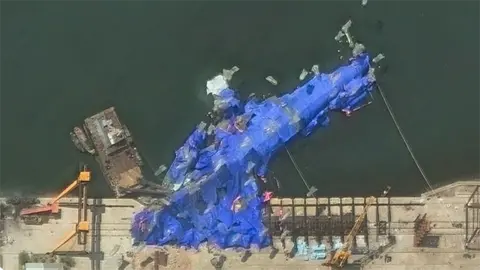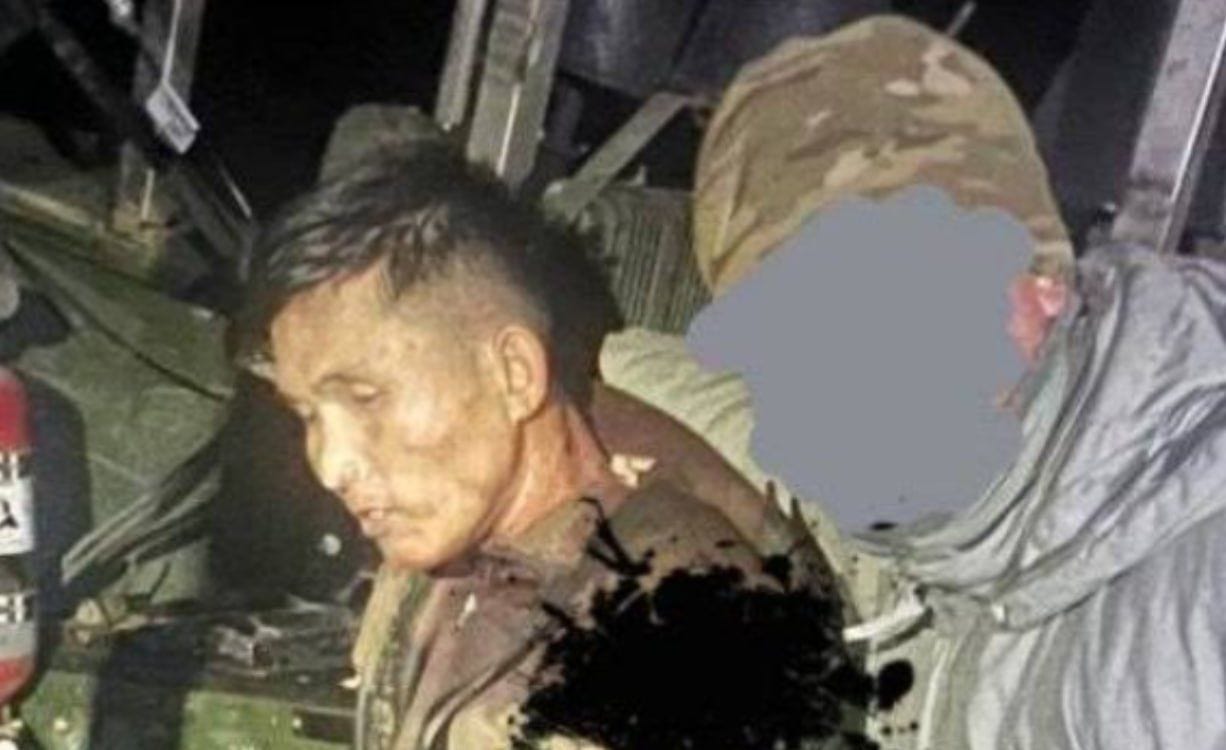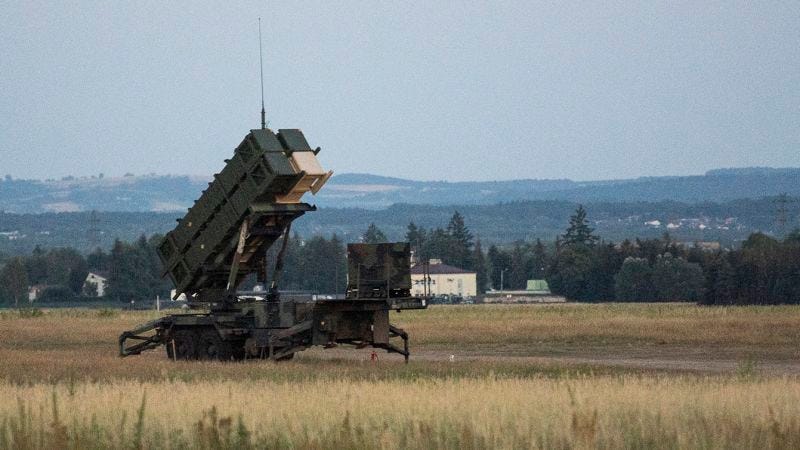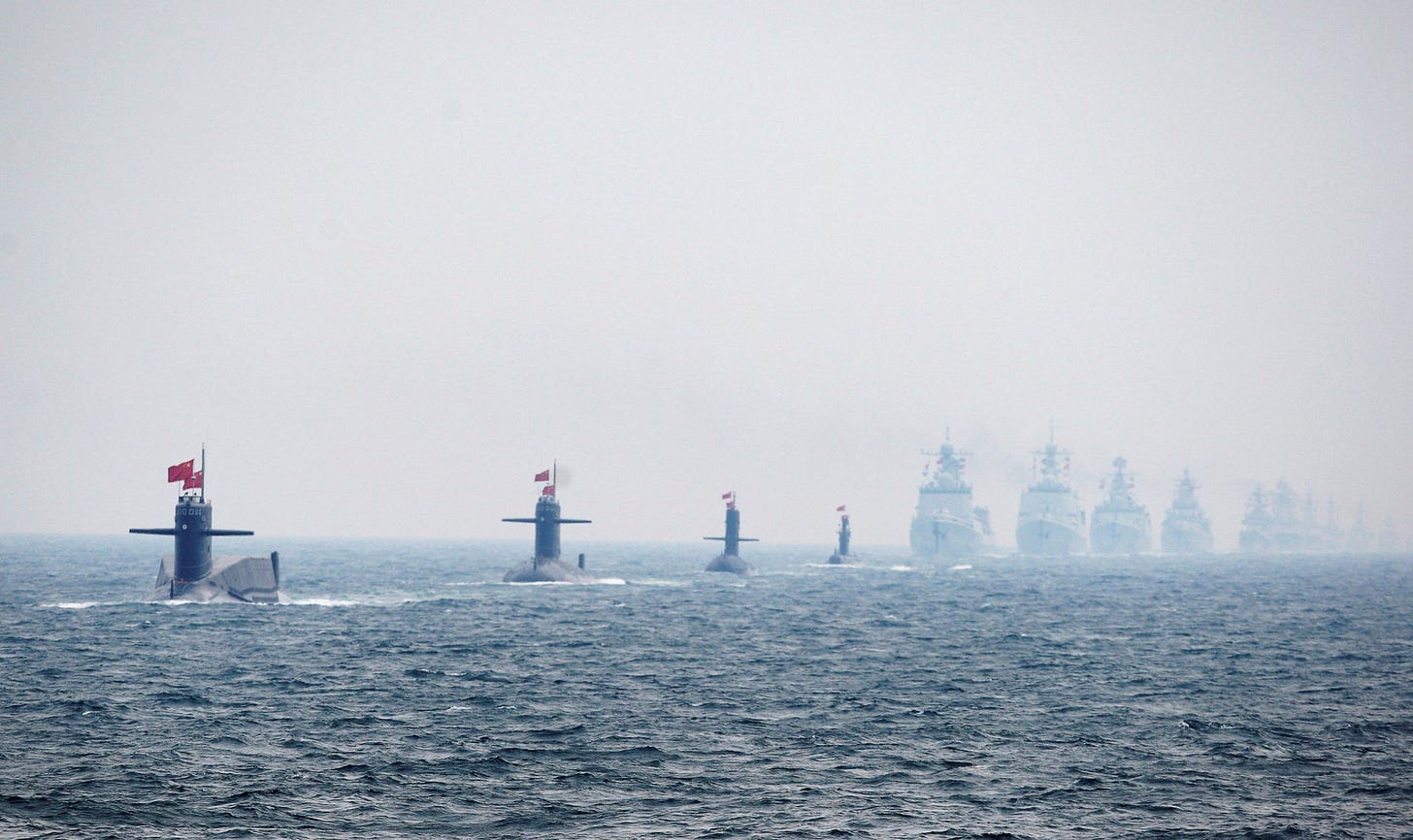Vested Interests in Prolonging the Ukraine War
North Korea and China see strategic advantage in the war continuing

United States President Donald Trump and NATO Secretary General Mark Rutte met in Washington, D.C., to announce a new weapons sale to Ukraine to support its ongoing conflict with Russia. To date, all attempts by the White House to persuade Russia to agree to a ceasefire have failed, prompting the administration to increase military pressure on Russia through this new arms sale. This sale includes a stipulation allowing European countries to purchase weapons and subsequently transfer them to Ukraine. Additionally, there is a 50-day deadline for Russia to agree to a ceasefire; otherwise, further sanctions and tariffs will be imposed on Russia and on countries that purchase energy from Russia. In the current climate, the ceasefire deadline faces significant international opposition, with nations like North Korea and China expressing willingness to assist Russia in resisting the sanctions and continuing the conflict.
The fact that there is international support for Russia to continue the war does not imply the existence of a coalition of countries backing Russia. Instead, it reflects the interests of nations that seek to prolong the conflict to advance their own agendas. This does not designate the military-industrial complex or a coalition of globalist-aligned countries as parties interested in resisting an end to the war, although they may have reasons to favor the continuation of the Ukraine War. This discussion focuses on sovereign nations that, despite having differing motivations, share a common objective of resisting a ceasefire. Additionally, this evaluation will not include Russia or Ukraine, as they are direct participants in the conflict.
North Korea is likely the primary benefactor of the war and the only international nation directly involved. Its involvement began in August 2023 to meet Russia’s urgent demand for artillery rounds, with estimates indicating over 6 million rounds of 122 mm and 152 mm types. Furthermore, North Korea has provided ballistic missiles to Russia, along with crews to launch them into Ukraine. The specifics of this aid remain unclear; however, considering North Korea's financially strained situation due to sanctions, it is improbable that they would supply this military hardware without expecting something in return.
The Russians, by needing to go to North Korea for ammunition and missiles, demonstrate that they are not in a position to exchange military hardware for these supplies. In June 2024, Russia and North Korea revived the Soviet-era mutual defense pact; however, this agreement does not offer any specific advantages and can be seen as contradictory to North Korea's self-reliance philosophy of Juche. Thus, there are no real tangible benefits for North Korean aid. The one aspect that Russia can offer North Korea without jeopardizing its war efforts or depleting its declining hard currency reserves is military manufacturing and technical support.
North Korea may utilize Russian technical assistance for its rocket program, aiming to launch spy satellites. The country claimed its first successful launch occurred in November 2023, three months after it provided Russia with the first thousand containers of ammunition. While this could be coincidental, North Korea had previously attempted a launch, and regional sources, particularly from South Korea, suspect Russian involvement. Although it is not anticipated that Russia will assist with North Korea's nuclear program, there are concerns that Russia could provide technical support for warhead guidance and re-entry vehicles for its ballistic missiles.
North Korea's efforts to modernize its navy have led to the introduction of the Choe-Hyon class destroyer. This initiative has included the launch of two destroyers, one of which experienced a disastrous launch and overturned. Both destroyers were built in less than two years. The design of these destroyers is based on the Russian Admiral Grigorovich class frigate, suggesting that the Russians likely transferred the plans to North Korea. Given that North Korea has not previously constructed warships of this size, the Russians also provided manufacturing techniques.
Failed North Korean destroyer launch
The ongoing support from the Hermit Kingdom to Russia is anticipated, as North Korea is expected to provide up to 40% of Russia's ammunition needs. Additionally, North Korea has dispatched army engineering support to the occupied regions of the Ukrainian Donbas and has actively participated in combat to drive Ukrainian forces out of the Russian Kursk oblast. Furthermore, it is supplying dedicated labor to assist with Russian manufacturing needs and has reportedly offered to send up to 30,000 additional army troops to Russia, including engineers and combat troops.
It is uncertain whether North Korea will deploy combat troops to fight in Ukraine, as its initial involvement was limited to operations within Russia, specifically in Kursk, where it incurred 4,000 casualties out of 11,000 soldiers deployed. Engineers may be sent to Donbas, akin to previous North Korean deployments, but they did not participate in combat operations. These deployments, particularly in combat scenarios, are providing North Korea with experience in modern warfare and combined operations while training alongside the Russian army. In return, North Korea is reportedly receiving cash or energy assistance from Russia for these manpower contributions. North Korea seems to be enhancing its support for Russia, aiming to secure what it perceives as benefits from the ongoing war in Ukraine, including military modernization, combat experience, hard currency, and energy resources.
Captured North Korean soldier in Kursk oblast
China has a vested interest in prolonging the Ukraine War. Unlike North Korea, China is a major manufacturing country and the second-largest economic power in the world, which means it cannot afford to be overtly aggressive in its support for Russia. Such actions would result in severe economic consequences for trade-dependent China and would likely cause economic pain globally. However, the ongoing war in Ukraine does provide certain advantages for China.
The primary concern, which has persisted across multiple U.S. administrations, is that the ongoing Russian threat in Europe prevents the United States from redirecting its military focus away from Europe and toward China, an initiative referred to as the “Asian Pivot.” A Russia that continues its military aggression, bolsters its military presence, engages in hybrid warfare, and poses threats to NATO alliance countries contributes to an unstable environment that necessitates the U.S. maintaining a significant military presence in Europe. This situation arises partly because European nations, despite the looming Russian threats, have not sufficiently invested in their defense capabilities to establish a credible deterrent against Russia. This concern extends beyond the current Ukraine War to earlier events, such as the 2014 Russian annexation of Crimea and parts of the Donbas, as well as the 2008 invasion of Georgia.
The U.S. first proposed the Asian Pivot in 2011, aiming to focus its military efforts on North Korea and, more importantly, China. Continuous threats from Russia and the lack of European standalone deterrence have consistently delayed this strategic shift for the U.S. This situation has benefited China, as it increases its threats in the South China Sea, particularly against Taiwan, Japan, and the Philippines. A stronger U.S. presence in the western Pacific would hinder China's ability to coerce and threaten countries in the region. Additionally, rising tensions in Europe allow for greater expansion of Chinese influence.
It is no secret that the U.S. is experiencing production backlogs in defense procurement, particularly in shipbuilding, as supply chains have not yet returned to the efficiency levels seen before COVID-19. Additionally, China has repeatedly restricted or cut off U.S. access to rare earth metals for over a decade, further impacting defense supply chains. The slowdown in defense production due to these supply issues, along with support for the Ukraine War, is of concern to China. The U.S. is sending missiles and air defense systems to support Ukraine, as well as providing assistance to Israel, Yemen against the Houthis, and Iran. While China does not supply arms to support Russia in its war, the U.S. does provide arms to Ukraine, leading to a reduction in U.S. stockpiles as China continues to build its own.
This stockpile serves as a strategic benefit to China, particularly because most modern conflicts resemble a "come as you are" scenario. Modern weapons involve extended production lead times and cannot keep pace with the rapid expenditures expected in a Pacific war that would require covering vast distances. The more effectively China can support Russia amid increasing threats of sanctions, the better positioned it will be to maintain its dominant status in the western Pacific.
China and Russia are currently negotiating a strategic doctrine that is anticipated to propose Chinese support for Russian expansionist policies toward Ukraine and the Baltic states. In return, China seeks energy resources and strategic depth, which involves operating or deploying resources in Siberia. Additionally, Russia is expected to pressure Japan to maintain neutrality in the event of a Chinese invasion of Taiwan. China also desires access to the Russian Arctic, which includes the potential basing of its ballistic missile submarines in those waters to pose a threat to the U.S. Historical suspicions between China and Russia exist in Asia, and it remains uncertain whether China will achieve its objectives regarding operations in Siberia and, to a lesser extent, in the Arctic.
China's expectations from Russia regarding concessions and the potential loss of sovereignty in Siberia and the Arctic would need to be significant. Russia is likely to seek more direct and substantial support from China concerning its ambitions in Europe than what China has been willing to offer thus far. Such involvement would almost certainly result in sanctions against China and potential trade embargoes that its trade-dependent economy would struggle to withstand. The earlier tariff escalation with the U.S. this year caused significant disruptions in the Chinese manufacturing sector, raising doubts about the possibility of a strategic agreement between both nations. The inclusion of these issues in the negotiations suggests that China sees advantages in keeping Russia engaged in the Ukraine War, which threatens Europe and keeps the U.S. focused on that region, or at the very least, strategically weakens it by depleting its weapons stockpiles.
It is unfortunate that the pursuit of a fair peace in Ukraine faces significant opposition, not just from China and North Korea, who are key benefactors supporting Russia in its war. The United States' threat to impose tariffs on any country purchasing sanctioned items (including new proposals in the current U.S. sanctions bill in Congress) could impact China, one of the largest buyers of Russian oil, as well as Europe, which remains the biggest buyer of Russian natural gas. Under such circumstances, these countries might be inclined to continue supporting the war. On the other hand, North Korea would be nearly immune to such sanctions unless the shadow fleet of Russian oil tankers is shut down. However, while North Korea plays an important role in ammunition production for Russia, it cannot fulfill the extensive needs that China meets for Russia. It appears that currently, more countries are willing to prolong the war than those interested in bringing it to an end.
Research or support me through Patreon, Buy Me A Coffee or Ko-Fi.
References:
https://www.bbc.com/news/articles/czeyxrng6gro
https://www.cnn.com/2025/07/02/europe/north-korea-troops-russia-ukraine-intl-cmd



